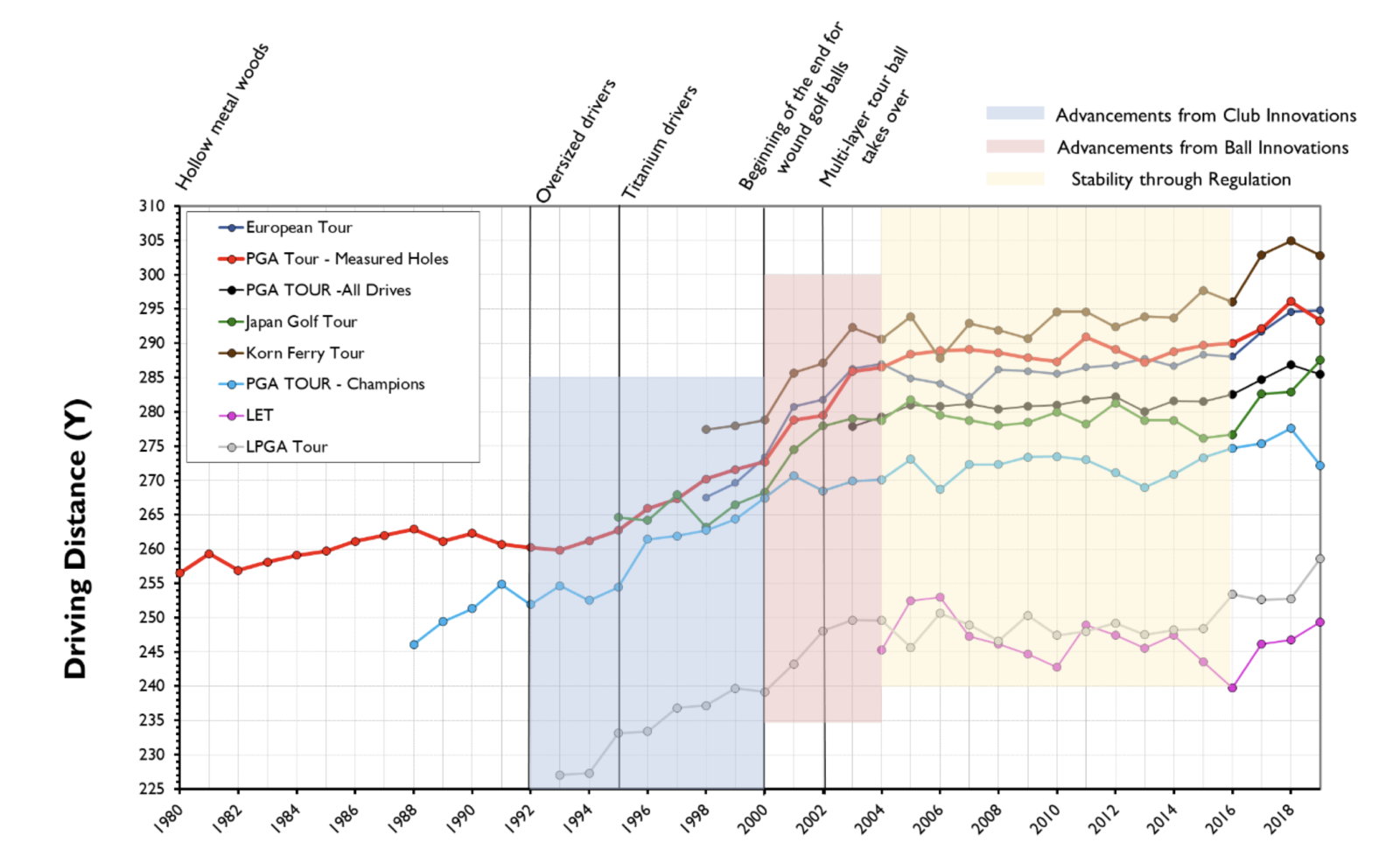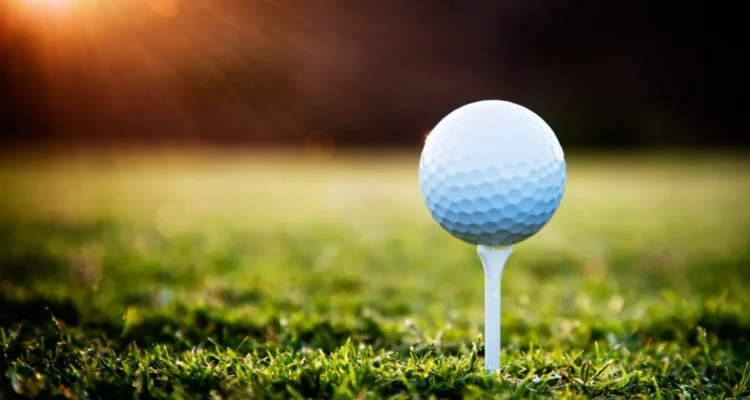The distance that a golf ball can travel is to be reduced under a new ruling that will come into play in 2028 for tour professionals and 2030 for all other golfers, including club amateurs.
The new ruling, the full details of which were announced by the R&A and the USGA on December 6, will see a new test introduced that will reduce the distance that the longest hitters on tour can currently hit the ball by up to 15-20 yards, but will also reduce the distance that all golfers can achieve, albeit by a much smaller percentage.
Under the R&A’s current testing protocols, any golf ball hit by a robot with a swing speed of 120mph that travels further than 317 yards is deemed ‘non-conforming’, and therefore not allowed to be used in competition. Under a new test, the swing speed is being raised to 125mph, which means that most balls currently used by tour professionals will exceed the 317-yard distance limit, thus rendering them non-conforming.
The change to the limit will require all golf ball manufacturers to come up with new designs for their golf balls in order to roll back their distance and fall within the new guidelines. While it was initially felt that the new rules governing golf balls would only be applied to professionals and possibly elite amateur play, the R&A and the USGA has said that it will apply to all levels of golf.
It is understood that about a third of all golf balls currently at retail will still be conforming under the new rules, mainly those which feature two- and three-piece designs with ionomer covers, as opposed to the four-piece balls with urethane covers that dominate the premium sector of the market and are almost exclusively used by tour players and elite amateurs.
MIXED REACTION ON TOUR
The ruling has met with mixed reaction among players on the global tours, with world no.2 Rory Mcllroy saying that he agreed with the decision not to create separate rules for pros and amateurs, and even going so far as to suggest that tour pros have been using different equipment to club golfers for years.
“I don’t understand the anger about the golf ball roll back,” McIlroy wrote in a post on one of his social media channels. “It will make no difference whatsoever to the average golfer and puts golf back on a path of sustainability. It will also help bring back certain skills in the pro game that have been eradicated over the past two decades.”

However, McIlroy realises that there will be recreational players upset at the impending necessity for them to change their equipment, even if they will have until the end of the decade to perform the switch.
“The people who are upset about this decision shouldn’t be mad at the governing bodies, they should be mad at elite pros and club/ball manufacturers because they didn’t want ‘bifurcation’,” McIlroy added. “The governing bodies presented us with that option earlier this year. Elite pros and ball manufacturers think bifurcation would negatively affect their bottom lines, when in reality, the game is already bifurcated. You think we play the same stuff you do? They [the equipment companies sic] put pressure on the governing bodies to roll it back to a lesser degree for everyone. Bifurcation was the logical answer for everyone, but yet again in this game, money talks.”
Look a little farther down golf’s professional pecking order and there are deep misgivings about any decision that potentially makes the game harder for the casual golfer. Speaking for the millions of weekend hackers, Keegan Bradley, the world no.15, said: “For the amateur world to hit the ball shorter is monstrous. I can’t think of anything more stupid than that. I don’t think it’s very smart at all, especially when golf’s growing in popularity coming out of Covid.”
‘DO NOTHING WAS NOT AN OPTION’
Martin Slumbers, CEO of The R&A, said, “We are convinced that this decision is one of the key ways of achieving a sustainable future for golf, protecting the integrity of the game and meeting our environmental responsibilities. The measure we are taking has been carefully considered and calibrated while maintaining the ‘one game’ ethos deemed to be so important to the golf industry. Importantly, it also keeps the impact on recreational golfers to an absolute minimum. We are acting now because we want to ensure that future generations can enjoy the unique challenge of golf as much as we do.”
“Governance is hard. And while thousands will claim that we did too much, there will be just as many who said we didn’t do enough to protect the game long-term,” said Mike Whan, CEO of the USGA. “But from the very beginning, we’ve been driven to do what is right for the game, without bias. As we’ve said, doing nothing is not an option – and we would be failing in our responsibility to protect the game’s future if we didn’t take appropriate action now.”



